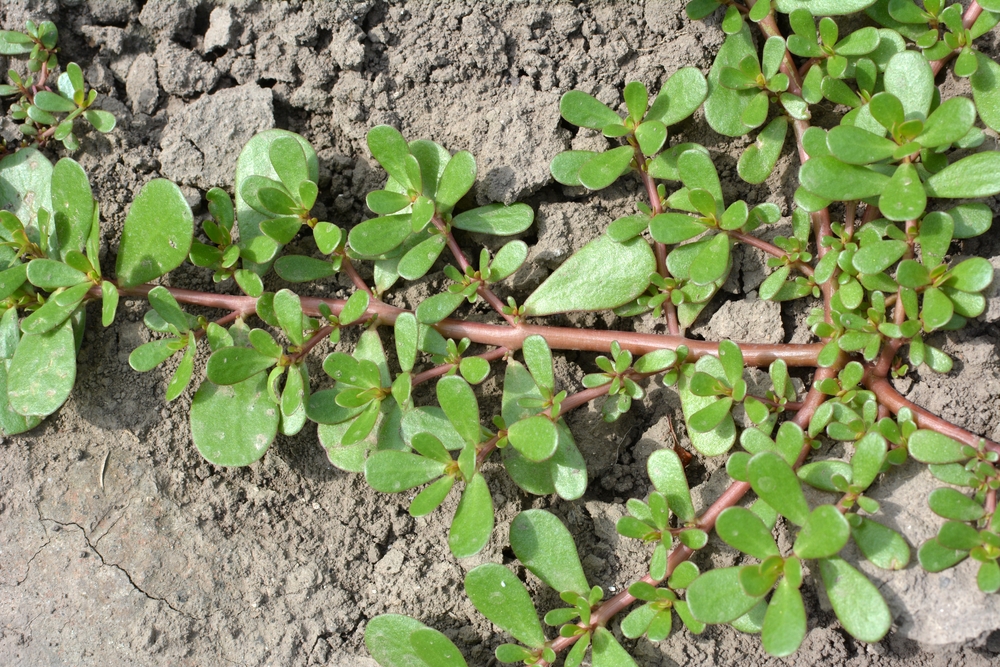
Purslane, or Portulaca oleracea, is a common plant in the U.S. known by various names like pigweed, fatweed, and little hogweed. Widely consumed in Asia and Europe, especially in the Mediterranean, it’s easy to grow and packed with essential minerals, vitamins, and antioxidants. This succulent has been used in ancient medicine, particularly in Chinese tradition, where it’s called “the vegetable for long life.”
The Nutritional Content of Purslane

Purslane is a nutrient-packed succulent, rich in vitamins A, E, and C, along with calcium, magnesium, manganese, potassium, and iron. It also contains small amounts of folate, phosphorus, copper, and B vitamins. Composed of 93% water, it’s low in calories but highly nutritionally dense. This versatile food can be added to many dishes for a healthy boost.
High in Omega-3 Fatty Acids
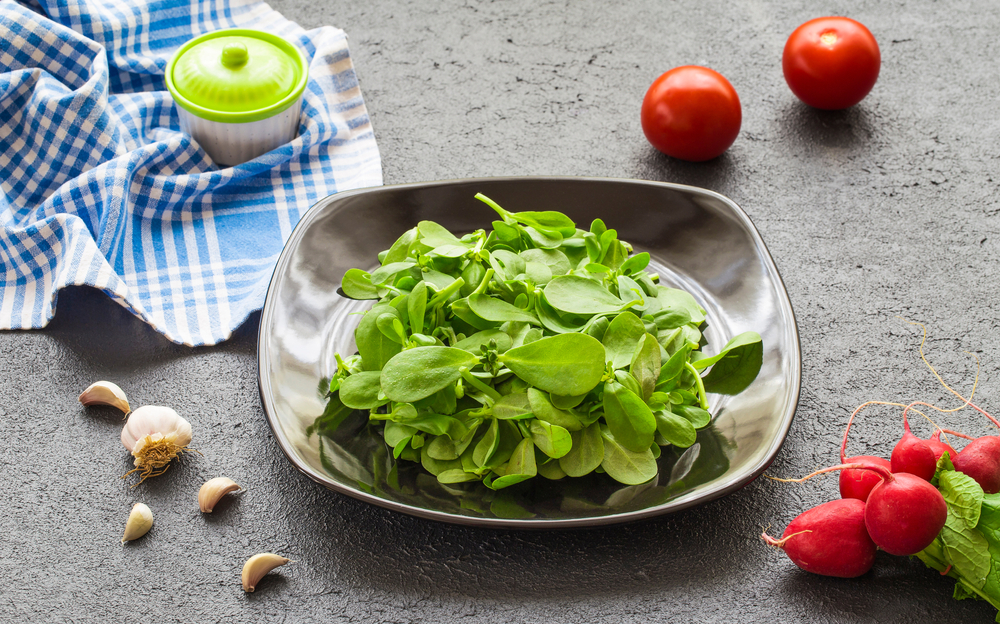
Omega-3 fatty acids are essential fats the body can’t produce, so they must be obtained through food. While fatty fish like salmon are well-known sources, purslane, a plant, is also rich in omega-3s. Although purslane has little fat, its content is primarily omega-3s, including both ALA and EPA. ALA is found in plants like spinach, but purslane has 5 to 7 times more. EPA, typically found in animal products and algae, is more active in the body than ALA.
High in Antioxidants
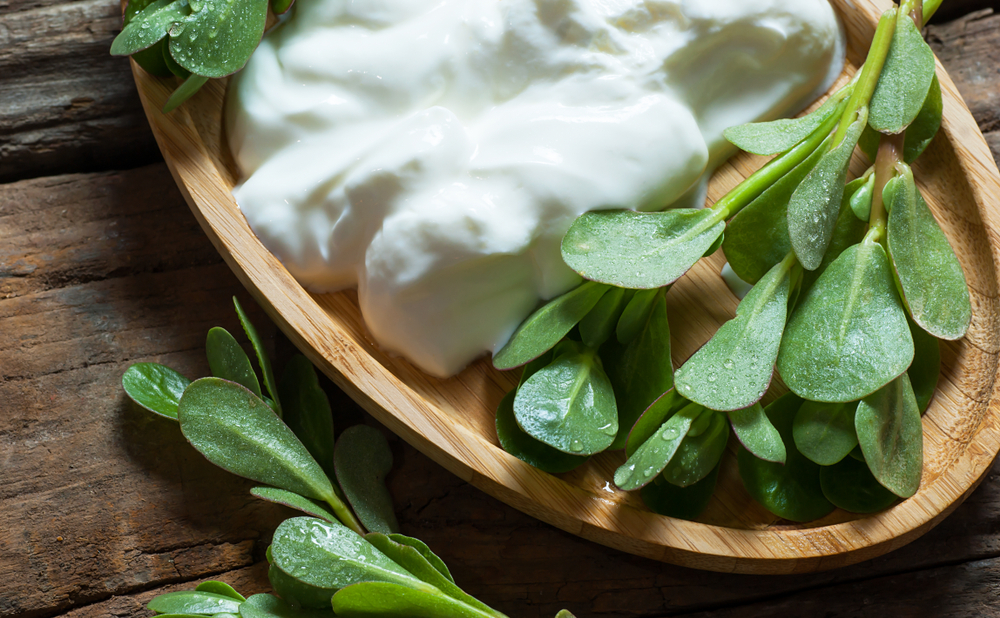
Purslane is packed with vitamins and antioxidants. Vitamin C, or ascorbic acid, supports bones, skin, and muscles, while vitamin A, rich in beta-carotene, promotes eye health. It also contains alpha-tocopherol (vitamin E), which may protect cell membranes. Additionally, purslane has antioxidants like glutathione and betalain to protect against cell damage, and melatonin, which can aid sleep.
High in Potassium and Calcium
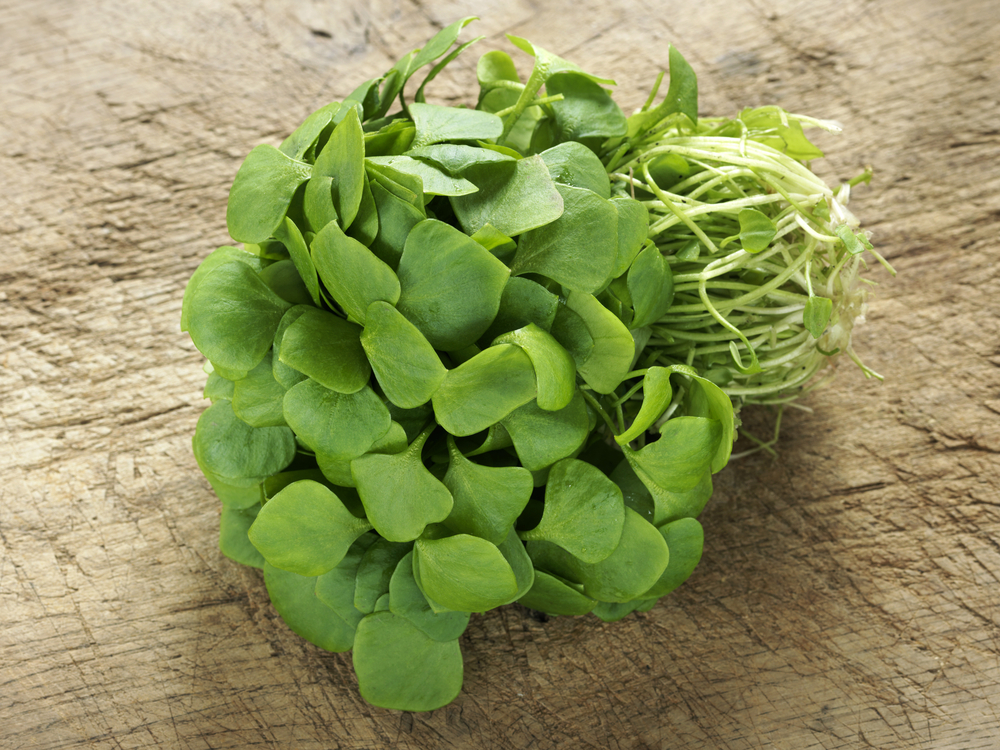
Purslane is packed with antioxidants, but it also provides potassium, magnesium, and calcium. Potassium helps lower blood pressure, supporting heart health, while calcium is essential for kidney function, digestion, and bone health. Increased calcium intake is especially beneficial for those with hypoparathyroidism, malabsorptive bowel disease, and osteoporosis.
High in Magnesium
Magnesium supports blood sugar control, blood pressure, muscles, nerves, and bone health. A magnesium-rich diet may reduce the risk of high blood pressure and migraines, though food sources are preferred over supplements.
The Downsides
Purslane is high in oxalates, which can bind to minerals like calcium and iron, reducing absorption and potentially contributing to kidney stones. While not harmful for most, those prone to kidney issues should consume it in moderation.
Who Should Avoid Purslane?
People with high oxalate levels or a history of kidney stones should be cautious with purslane. Those with conditions like inflammatory bowel disease should consult a doctor before consuming it.
How to Eat Purslane
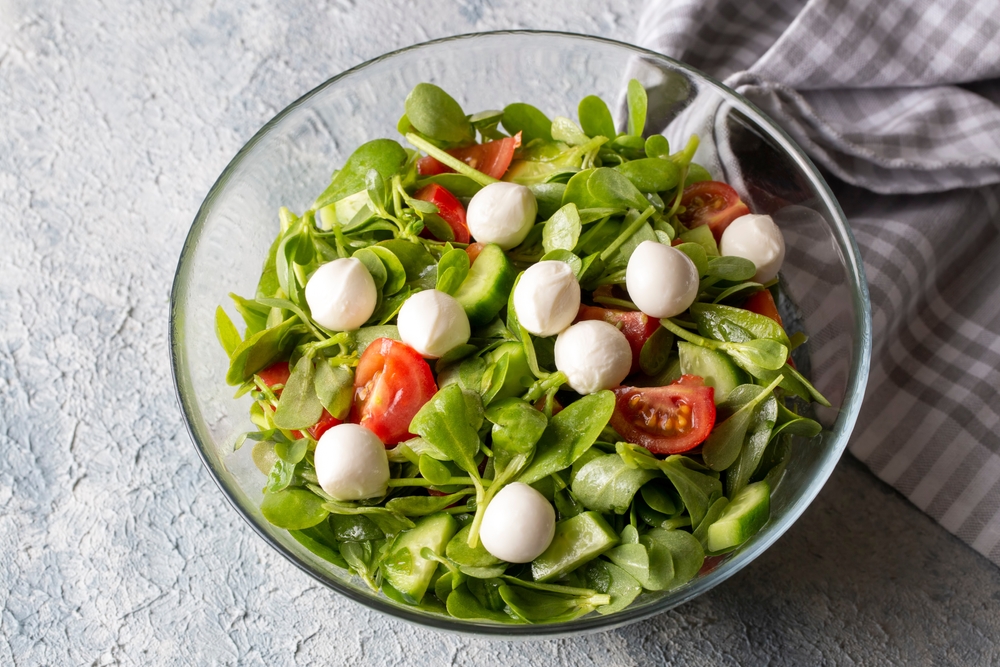
This leafy green can be enjoyed both raw and cooked, much like spinach or Swiss chard. It has a slightly tangy taste, making it a great addition to salads and sandwiches. You can also swap it for spinach in dishes like quiche. Beyond that, it works well blended into pesto or soup, and can enhance the flavor of stir-fries, meats, and grilled vegetables.
How to Grow Purslane
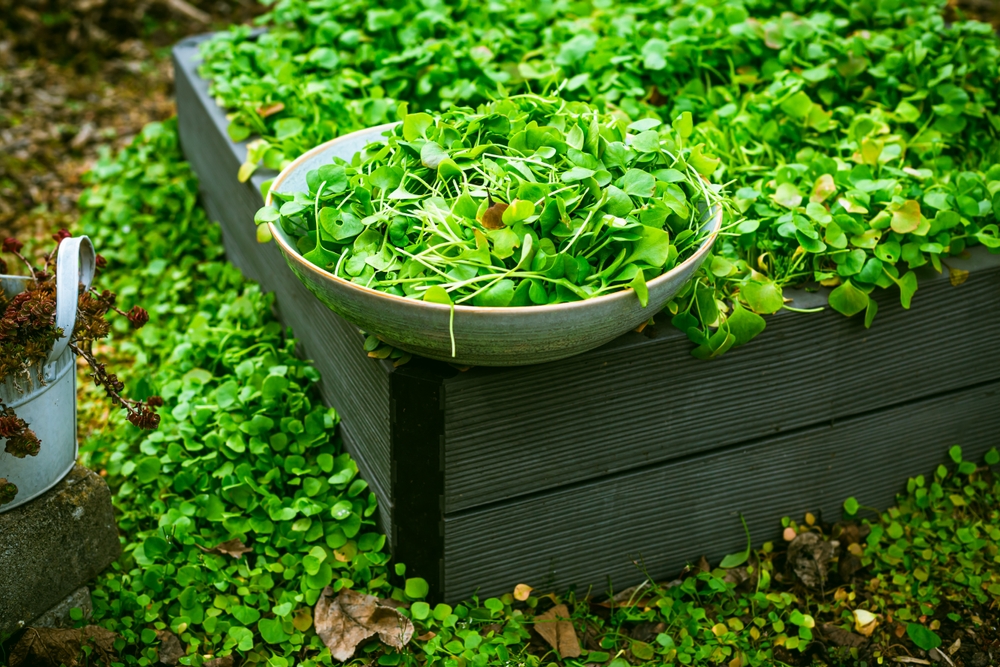
Purslane is a hardy plant that thrives in various conditions, including drought and poor soil. It’s great for ground cover or hanging baskets, needing little water and plenty of sunlight (6–8 hours daily). However, as an annual, it won’t survive frost, so enjoy it during warmer months.


